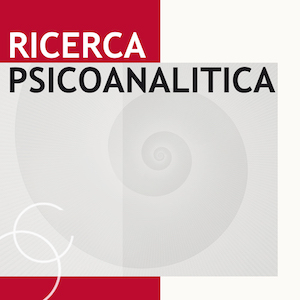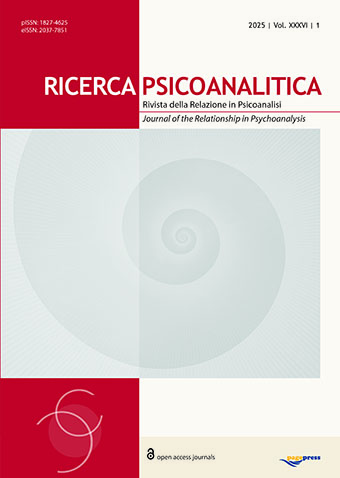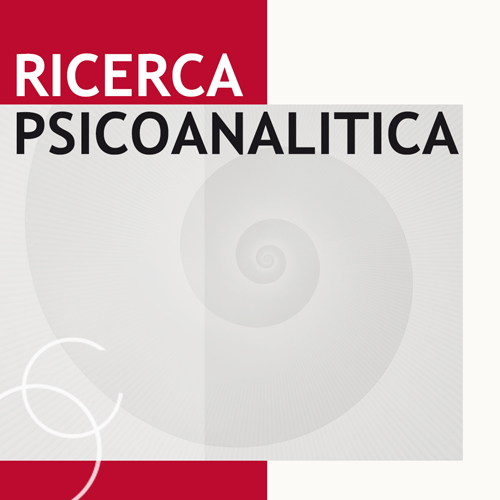SIPRe in the international context: contributions at the International Federation of Psychoanalytic Societies (IFPS) Forum
17 July 2025
Vol. 36 No. s1 (2025)
The adolescent body: a unitary and recursive perspective on the growing I-subject

Publisher's note
All claims expressed in this article are solely those of the authors and do not necessarily represent those of their affiliated organizations, or those of the publisher, the editors and the reviewers. Any product that may be evaluated in this article or claim that may be made by its manufacturer is not guaranteed or endorsed by the publisher.
All claims expressed in this article are solely those of the authors and do not necessarily represent those of their affiliated organizations, or those of the publisher, the editors and the reviewers. Any product that may be evaluated in this article or claim that may be made by its manufacturer is not guaranteed or endorsed by the publisher.
394
Views
280
Downloads











